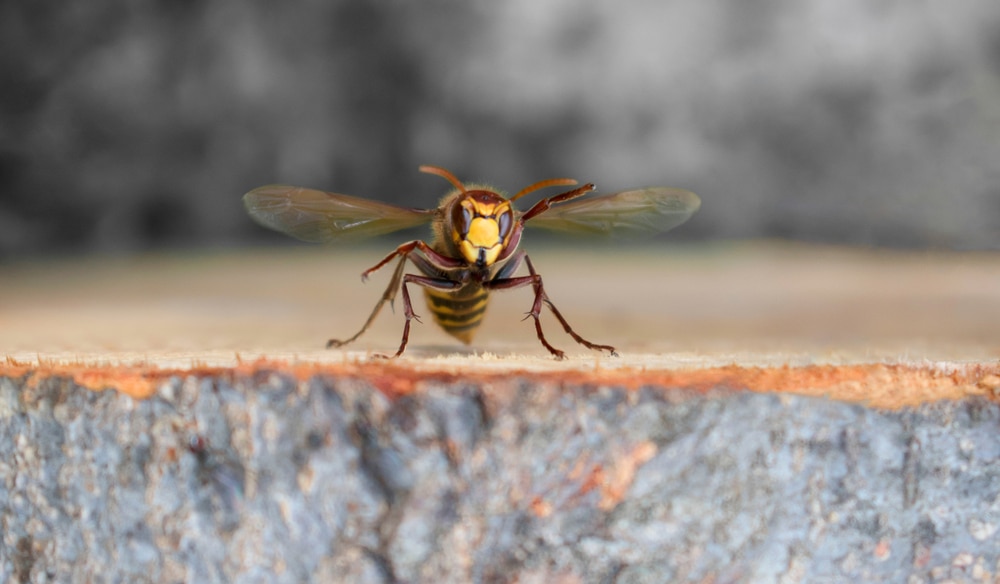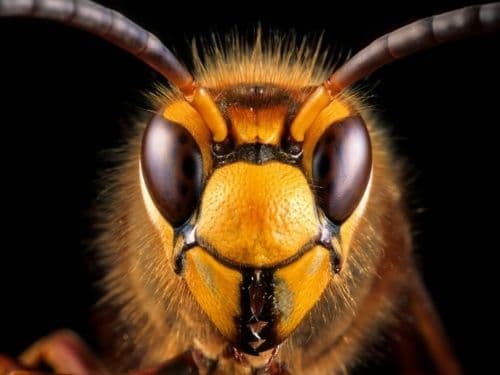Japanese hornets are the most dangerous insects in the world. At least flying insects. Their no scorpion but hey, they try. Their sting can cause necrosis and organ failure and 40 people in Japan die from their sting every year. If this isn’t enough to make you scared then I don’t know what to tell you but its clear these things are dangerous, they are twice to three times the size of normal hornets and can even be larger. Some of these insects can grow as large as one foot long. Now that is freaky Friday if I ever saw it. And I did, I saw the picture, it was terrifying.
If you suspect hornet presence anywhere near or on your property, contact wasp removal Kitchener for quick and safe removal.

So where do these hornets nest? Where do they sleep and hibernate. They are loners sometimes but can also make large nests in trees or in your walls. So its tough dealing with them. Most of these hornets will find a nice hole dug out by a rodent and make their nest in their, surrounding themselves in a sphere of paper and dead leaves. They lay their eggs in a similar fashion to the yellow jacket, digging up grabs and stinging them and then laying an egg beside them. But when the grub becomes a hornet the parent will start feeding them the dismembered heads of other insects, leaving a trail of blood in its wake. The parent will continue making new eggs and laying them for the spring through to the fall, and are especially bad in the summer when they become most active and search for foods they can consume. That is a major danger to most peoples properties. These hornets are just like other wasps and hornets, they are attracted to sweet smelling things, your garbage and your compost and any food you drop on the ground outside can attract these wasps to your property where they may decide to stay.
The nests with larger numbers function as so, the king, not a queen in this case, will lay an egg in every room in the nest. After seven days they will hatch and they will be very hungry. So the workers feed the grubs with the heads of dead insects which provides them with the most nourishment. After two weeks the grubs will be fully grown workers and can leave the hive and start hunting for food. They travel far when finding food and its common to run into one even miles from its nest. They often search for bee hives as bees are their favourite food. They will mark it and swarm it and consume every bee in the hive.

